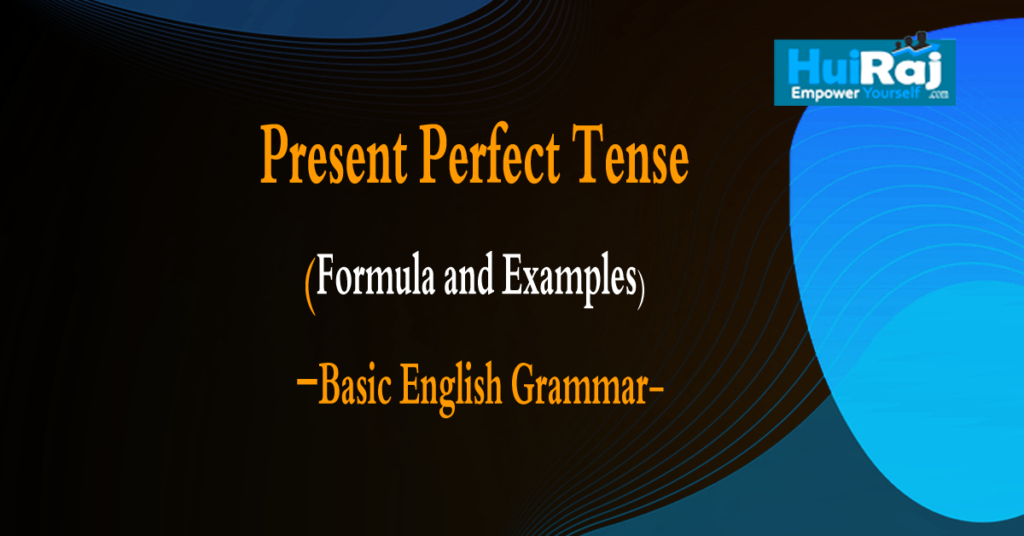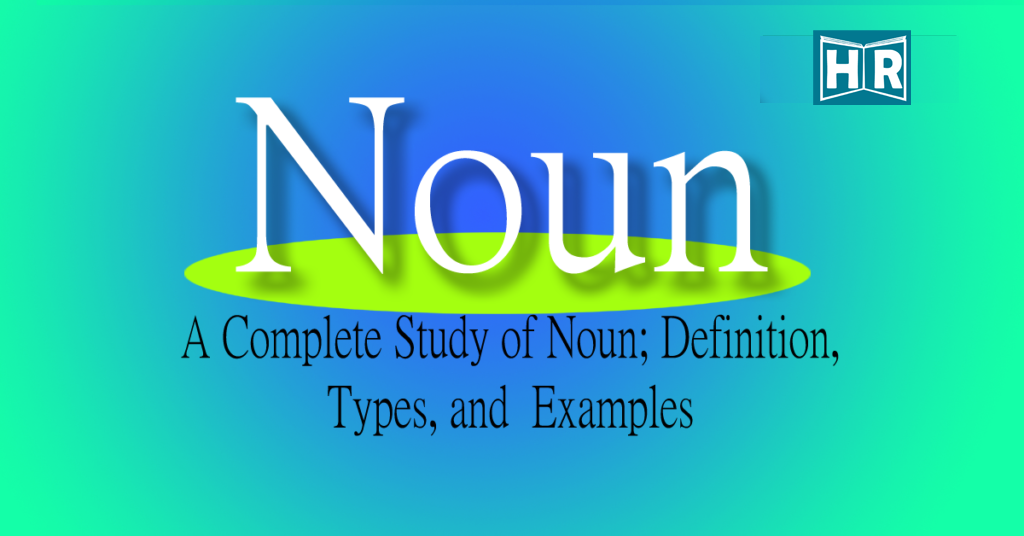Present Perfect usually refers to completed activities in the past time, the effect of which extends to and includes the present moment. Like, I have eaten rice.
Use of ‘have/has’ with First, Second, and Third-person in Present Perfect Tense Form
| PERSON | SINGULAR | have/has | PLURAL | have/has |
| 1st Person | I | have | WE | have |
| 2nd Person | YOU | have | YOU | have |
| 3rd Person | He, She, It | has | They | have |
FORMULA OF PRESENT PERFECT | SENTENCE STRUCTURE OF PRESENT PERFECT
The Present Perfect is formed by using have+verb in the past participle form i.e V1+ed or V3 form.
- PRESENT TENSE is divided into
- Present Perfect
- Affirmative Sentence = Sub + Have/Has + V3+ Obj. + Others.
- Negative Sentence = Sub + has/have + not + V3+ Obj. + Others.
- Interrogative Sentence = Have/Has + Sub + V3+ Obj. + Others?
- Negative and Interrogative Sentence = Have/Has + Sub + not + V3 + Obj. + Others?
- Present Perfect
Present Perfect Tense Sentence Structures and examples
- PRESENT TENSE is divided into
- Present Perfect
- Affirmative Sentence = Sub + Have/Has + V3+ Obj. + Others.
- I have written.
- We have written.
- You have written.
- You have written.
- He has written. (3rd Person Singular)
- She has written. (3rd Person Singular)
- It has written. (3rd Person Singular)
- Advaith has written. (3rd Person Singular)
- They have written.
- Negative Sentence = Sub + has/have + not + V3+ Obj. + Others.
- I have not written.
- We have not written.
- You have not written.
- You have not written.
- He has not written. (3rd Person Singular)
- She has not written. (3rd Person Singular)
- It has not written. (3rd Person Singular)
- Advaith has not written. (3rd Person Singular)
- Interrogative Sentence = Have/Has + Sub + V3+ Obj. + Others?
- Have I written?
- Have we written?
- Have you written?
- Have you written?
- Has he written? (3rd Person Singular)
- Has she written? (3rd Person Singular)
- Has it written? (3rd Person Singular)
- Has Advaith written? (3rd Person Singular)
- Have they written?
- Negative and Interrogative Sentence = Have/Has + Sub + not + V3 + Obj. + Others?
- Have I not written?
- Have we not written?
- Have you not written?
- Has he not written?
- Has she not written?
- Has it not written?
- Has Advaith written?
- Have they written?
- Affirmative Sentence = Sub + Have/Has + V3+ Obj. + Others.
- Present Perfect
The negative is formed by adding not to the auxiliary(here Have/Has). The interrogative is formed by inverting the auxiliary and the subject. These forms are shown above.
Note that ‘Has’ is used with the subject in the third person and singular number and ‘Have’ is used with all other subjects. Note the use (n’t) in negative interrogative sentences. For more see the Step-37 Present Perfect and its all rules( Intermediate Level)
“The true sign of intelligence is not knowledge but imagination.”
–Albert Einstein.

